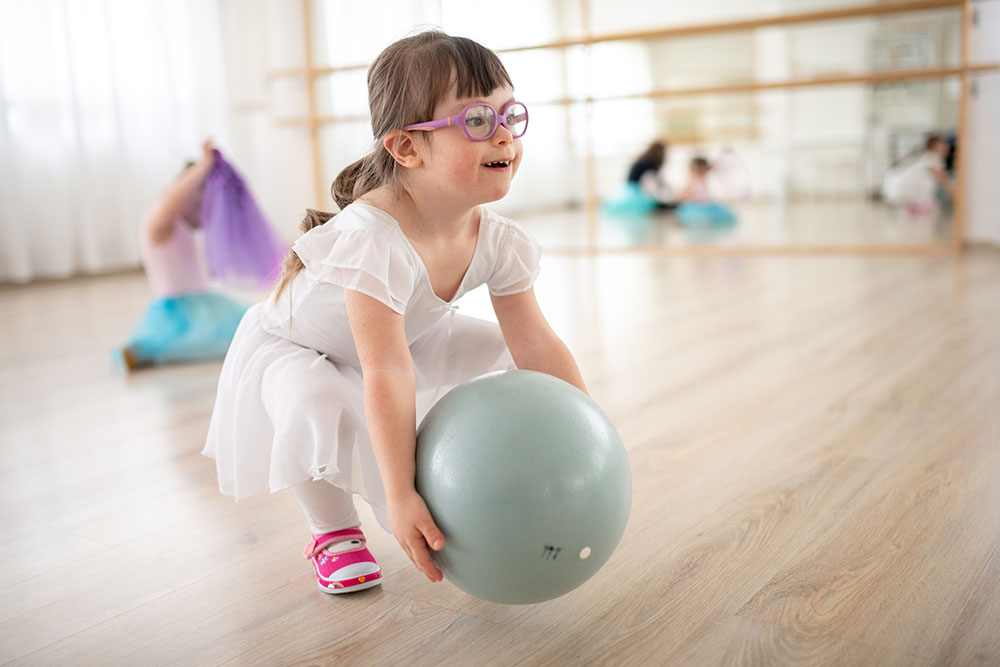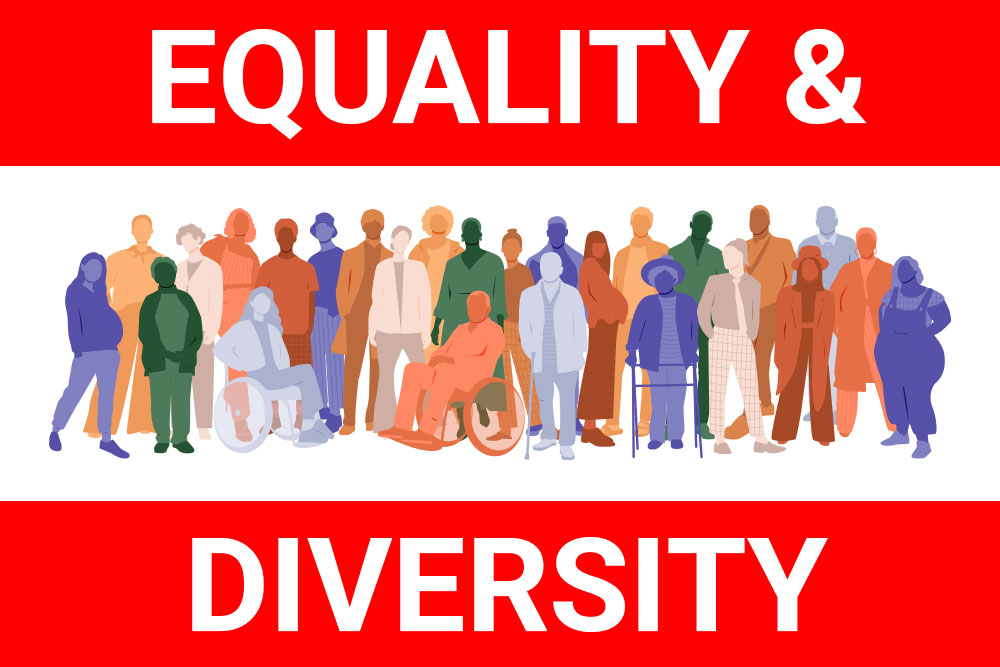
All children deserve the chance to succeed in their schooling. But that’s hard to achieve when you’re being mistreated because of who you are or where you’ve come from. Inclusive practice protects kids from discrimination – children are individuals and deserve to be treated fairly and with respect at school.
It doesn’t matter what a child’s background is, what their capabilities are, or what their cognitive abilities are. Every child has the right to receive an education in a non-discriminatory environment.
Inclusive practice is a teaching method that recognises and celebrates children’s individuality and diversity. It’s used by teachers to remove learning barriers and support students without compromising overall teaching standards.
In this article, we’ll look at what inclusive practice is and how the inclusive learning experience can benefit and support children in their educational journey.
What Is Inclusive Practice and Why Does It Matter?
As adults, we expect to be treated as individuals. But individuality doesn’t get awarded to us when we turn 18. Kids are also all individuals with unique personalities and abilities. And they need to be treated as such, especially at school.
Inclusive practice recognises that all children are different and values their individuality. The school curriculum is designed using an inclusive practice approach so that lessons and activities accommodate the diversity of the student body. This teaching method ensures that all children get the support they need to fully participate in learning activities. But, four out of five teachers believe that more needs to be done to celebrate diversity in the UK education system, according to a recent study.
In general terms, an inclusive practice approach ensures that:
- All children are given opportunities to learn
- Children can attend age-appropriate classes
- The curriculum is relevant and meets the needs of the students
- Students have the opportunity to participate in co-curricular and extra-curricular activities
- All students are treated with respect, dignity, and fairness
- The needs of all students are accommodated, including those with intellectual, emotional, developmental or physical disabilities, students with English as a second language, and students with diverse backgrounds or sexual orientations
Sometimes, how a curriculum is designed or presented can disadvantage some children more than others. Focusing on providing an inclusive learning experience removes barriers to learning. It gives all students an equal chance to maximise their educational opportunities.
Equality and Diversity Training
Our Equality and Diversity Training provides employers and their employees with an understanding of treating everyone equally within the work environment and how effective communication can help eliminate discrimination.
Benefits of an Inclusive Classroom
The inclusive practice aims to create a positive, supportive, dynamic learning environment where all students are valued and accommodated. It also provides many benefits for students, their families, and teachers.
An inclusive learning experience teaches pupils to accept others for who they are and to embrace diversity. It promotes a broader understanding and encourages children to acknowledge and accept different perspectives. This aids in developing critical thinking and social skills and prepares children for the world’s diversity. Students in an inclusive environment learn to be more empathetic towards others. Their self-confidence improves, and their friendship groups widen.
The benefits of the inclusive practice approach don’t just apply to the pupils, either. Teachers can broaden their skills by discovering new ways to plan lessons and encouraging student teamwork.
Parents can feel secure in knowing their kids are accepted for who they are in a safe and supportive learning environment. Both parents and teachers can enjoy a sense of satisfaction and fulfilment when seeing children of all ages and development levels succeed.

How to Use Inclusive Practices in the Classroom
Both coaching and mentoring are proven forms of personal development. They enable learning from a more knowledgeable person.
Teachers, especially those who work in early years education, should understand how to provide an inclusive learning experience for their students. To create a classroom atmosphere that promotes equality and celebrates diversity, teachers should take note of the following principles:
- School leadership must embrace the value of inclusive practice
- The school climate and structure must ensure that all children feel valued
- Good relationships between parents, teachers, and students should be fostered
- The involvement of family and the wider community should be encouraged
- Lesson plans should be structured to accommodate different learning styles
Teachers can follow the steps below to effectively apply inclusive practices in the classroom.
Assess Your Teaching Methods
We’re all affected by unconscious bias. Before taking an inclusive practice approach, consider how you teach and why you teach that way – your unconscious bias will impact how you present your lessons and interact with students. Be aware of your subconscious biases and try to assess your current lesson plans from the perspective of your students.
Examine Your Affinities and Prejudice
Once you’ve recognised the impact of unconscious bias, you should dig a little deeper. This step can be uncomfortable, but it’s essential to be honest. Examine any affinities, prejudices and biases you may have toward individual students and try to discern why you feel that way. Identify if these feelings may advantage or disadvantage any particular student.
Adapt Your Content
Design your lesson plans so that they contain a variety of content. Try various teaching methods such as drawing, reading, writing, role-play, sporting, or musical exercises. Have students work in pairs or groups. Tailor your classroom content to fit the needs of your students to make all students feel included and valued.
For instance, if you have one student from a different background, run a class about their country of origin. If a student is in a wheelchair, prepare a lesson on accepting and accommodating people with disabilities. Be sensitive and supportive when presenting these classes so students don’t feel singled out.
Provide Support for Your Students
Make accommodations for any students with special needs.
- If your class contains a child with ADHD, for example, you may need to include regular breaks to help them stay focused
- Sporting activities may need to be modified to ensure that children with physical issues or disabilities can participate
Be aware of the learning abilities of all students in class and offer individual assistance to pupils if needed.
Caring for Children With SEND
Feeling comfortable at the front of your classroom or behind your desk is natural. But the entire space is yours, so use it. Circulate around the room, teach from the back or hover over the shoulder of that one learner who’s clearly not listening.
Special accommodations must be implemented if your class contains children with Special Educational Needs and Disabilities (SEND). Teachers must make an extra effort to fully understand the needs of children with SEND and structure their lessons accordingly.
Learn More About Equality and Diversity in the Workplace
Everyone has the right to be treated as an individual, with fairness and respect. Equality and diversity should be celebrated, and people should be valued for who they are at school and work.
Legislation like the Special Educational Needs and Disability Act 2001 and the Equality Act 2010 protects children’s and adults’ rights. Whether you’re an educator or own a business, you should know how this legislation impacts your workplace.
Learn how to create a fairer and more inclusive workplace by taking our Equality, Diversity and Inclusion Training course.
This course covers the principles of upholding equality, diversity and inclusion (EDI) in the workplace. It details the benefits of EDI, teaches you practical strategies to create a more inclusive workplace and explains the relevant legislation.





















